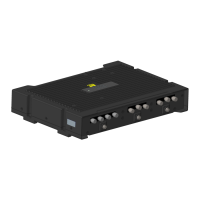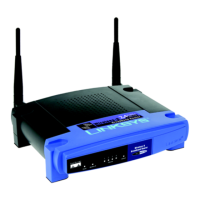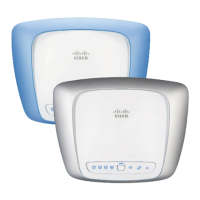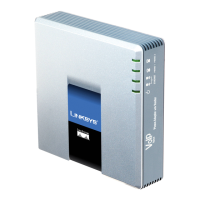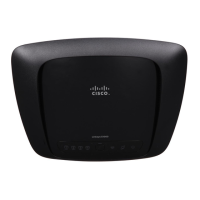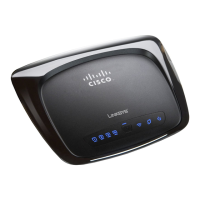25-14
Catalyst 3750 Switch Software Configuration Guide
OL-8550-02
Chapter 25 Configuring Port-Based Traffic Control
Configuring Port Security
To return the interface to the default condition as not a secure port, use the no switchport port-security
interface configuration command. If you enter this command when sticky learning is enabled, the sticky
secure addresses remain part of the running configuration but are removed from the address table. All
addresses are now dynamically learned.
To return the interface to the default number of secure MAC addresses, use the no switchport
port-security maximum value interface configuration command. To return the violation mode to the
default condition (shutdown mode), use the no switchport port-security violation {protocol | restrict}
interface configuration command.
To disable sticky learning on an interface, use the no switchport port-security mac-address sticky
interface configuration command. The interface converts the sticky secure MAC addresses to dynamic
secure addresses. However, if you have previously saved the configuration with the sticky MAC
addresses, you should save the configuration again after entering the no switchport port-security
mac-address sticky command, or the sticky addresses will be restored if the switch reboots.
Use the clear port-security {all | configured | dynamic | sticky} privileged EXEC command to delete
from the MAC address table all secure addresses or all secure addresses of a specific type (configured,
dynamic, or sticky) on the switch or on an interface.
To delete a specific secure MAC address from the address table, use the no switchport port-security
mac-address mac-address interface configuration command. To delete all dynamic secure addresses on
an interface from the address table, enter the no switchport port-security interface configuration
command followed by the switchport port-security command (to re-enable port security on the
interface). If you use the no switchport port-security mac-address sticky interface configuration
command to convert sticky secure MAC addresses to dynamic secure MAC addresses before entering
the no switchport port-security command, all secure addresses on the interface except those that were
manually configured are deleted.
Step 10
switchport port-security
mac-address sticky [mac-address |
vlan {vlan-id | {access | voice}}]
(Optional) Enter a sticky secure MAC address, repeating the command as
many times as necessary. If you configure fewer secure MAC addresses than
the maximum, the remaining MAC addresses are dynamically learned, are
converted to sticky secure MAC addresses, and are added to the running
configuration.
Note If you do not enable sticky learning before this command is entered,
an error message appears, and you cannot enter a sticky secure MAC
address.
(Optional) vlan—set a per-VLAN maximum value.
Enter one of these options after you enter the vlan keyword:
• vlan-id—On a trunk port, you can specify the VLAN ID and the MAC
address. If you do not specify a VLAN ID, the native VLAN is used.
• access—On an access port, specify the VLAN as an access VLAN.
• voice—On an access port, specify the VLAN as a voice VLAN.
Note The voice keyword is available only if a voice VLAN is configured on
a port and if that port is not the access VLAN.
Step 11
end Return to privileged EXEC mode.
Step 12
show port-security Verify your entries.
Step 13
copy running-config
startup-config
(Optional) Save your entries in the configuration file.
Command Purpose
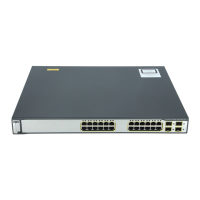
